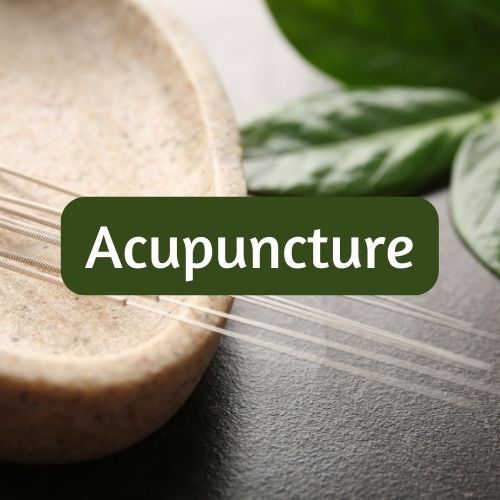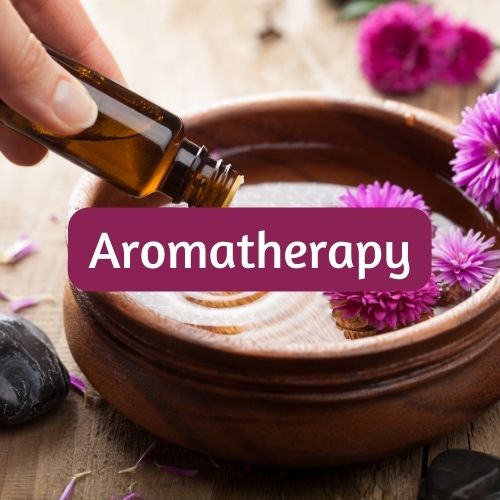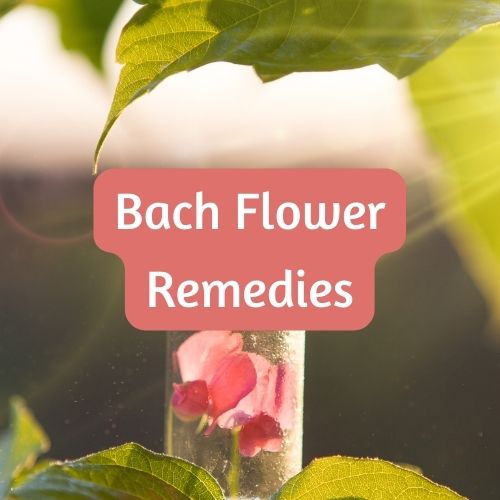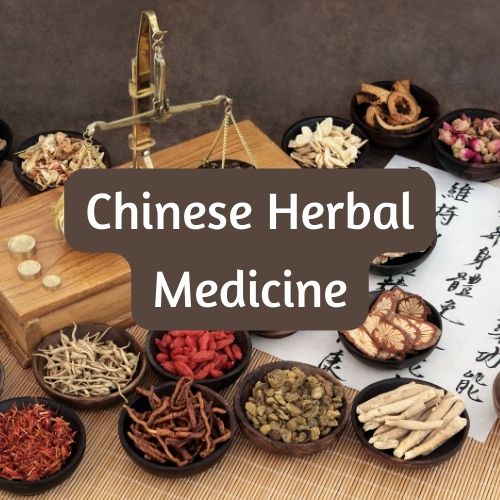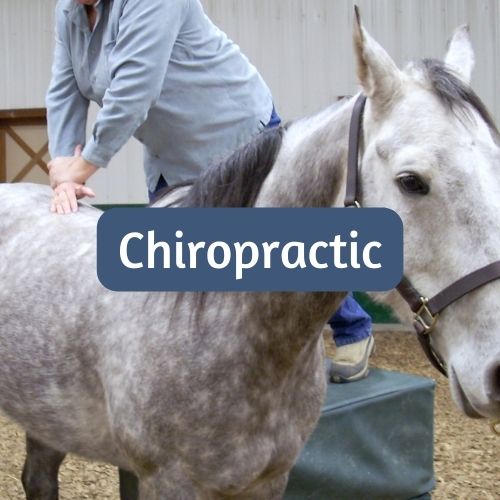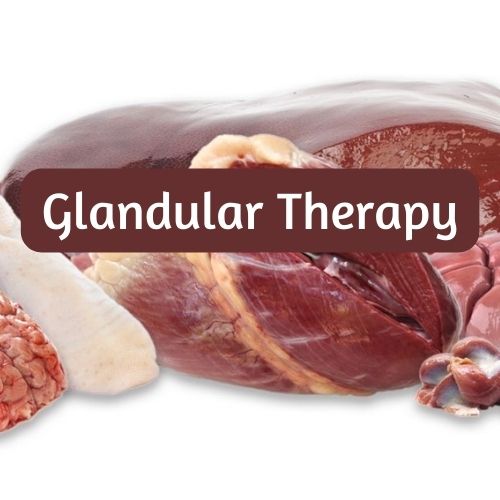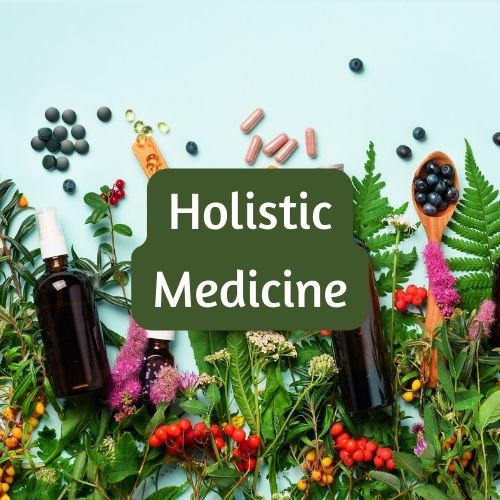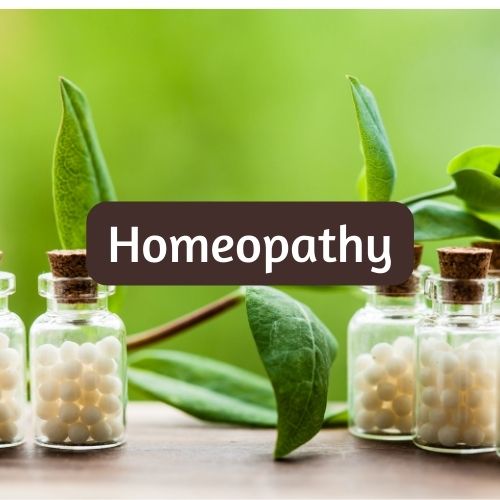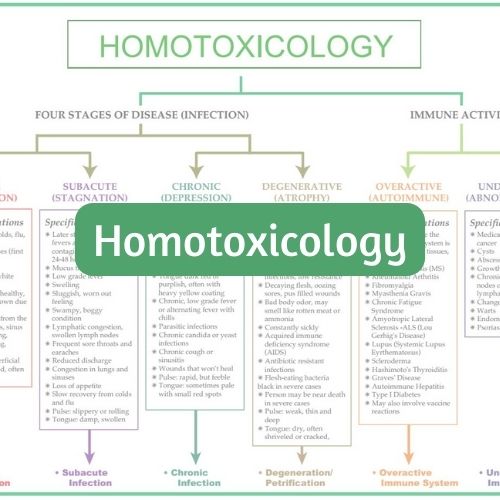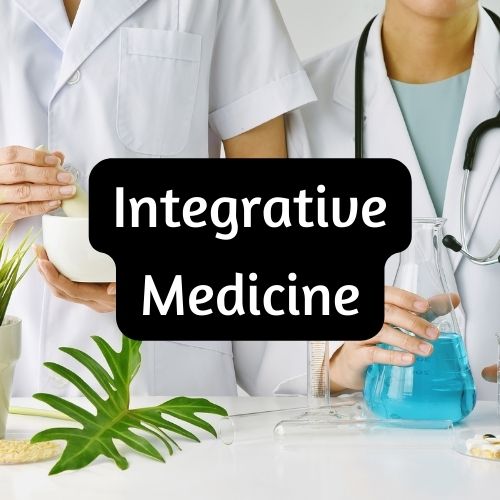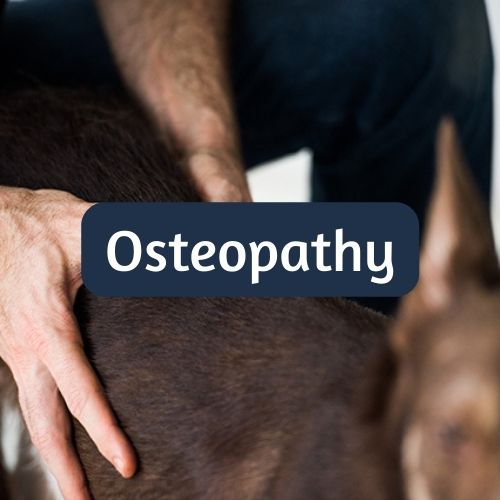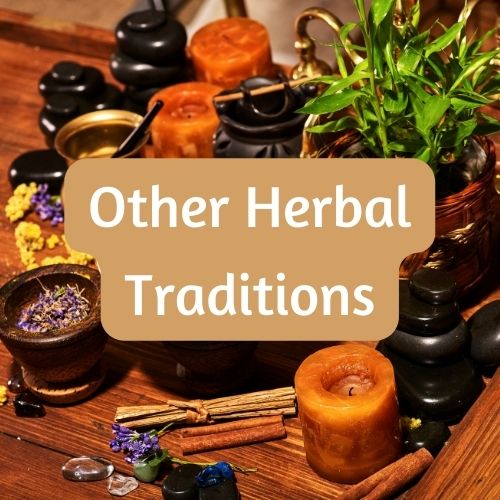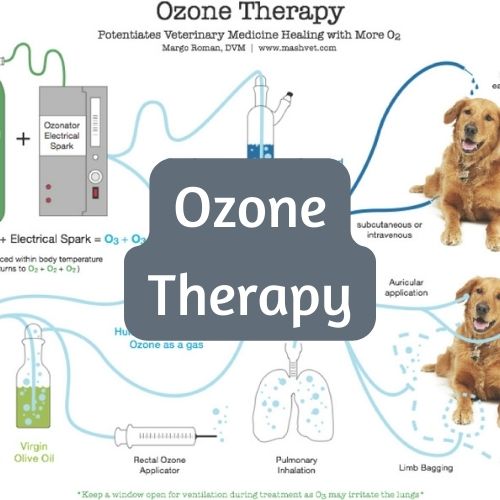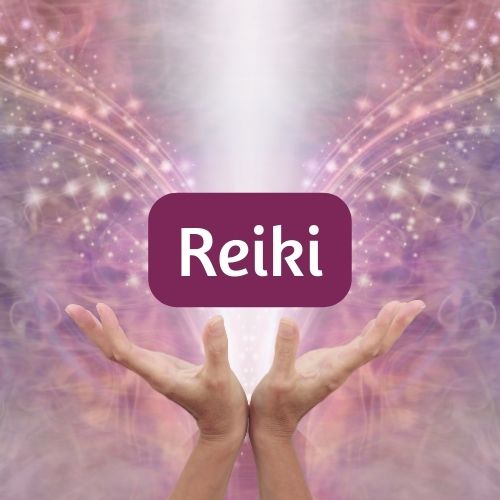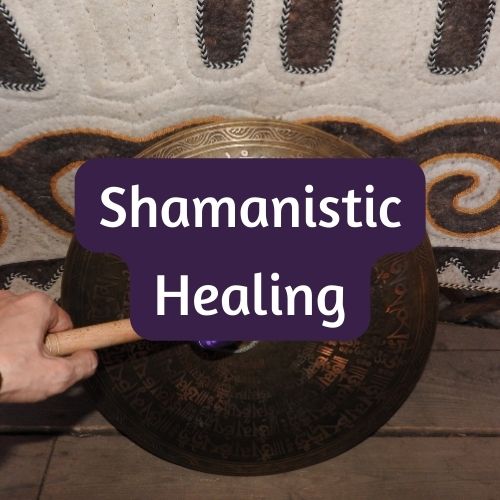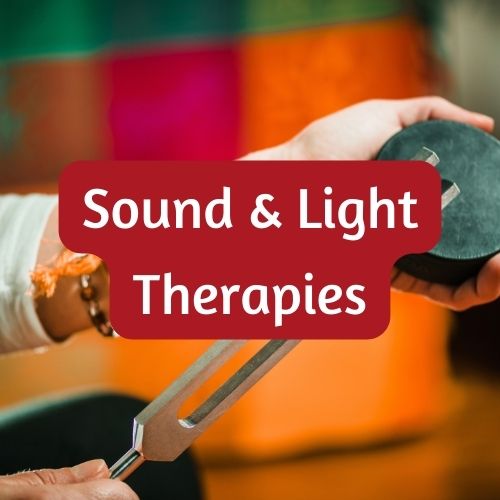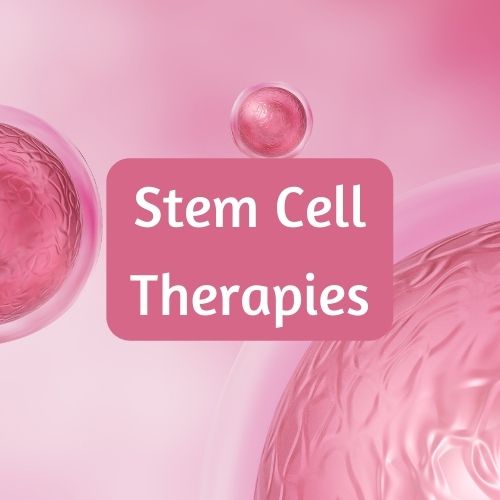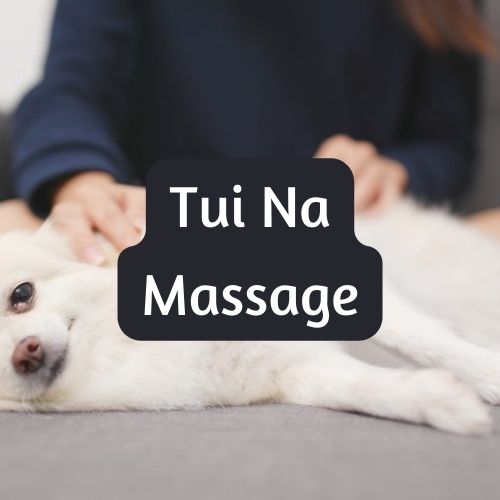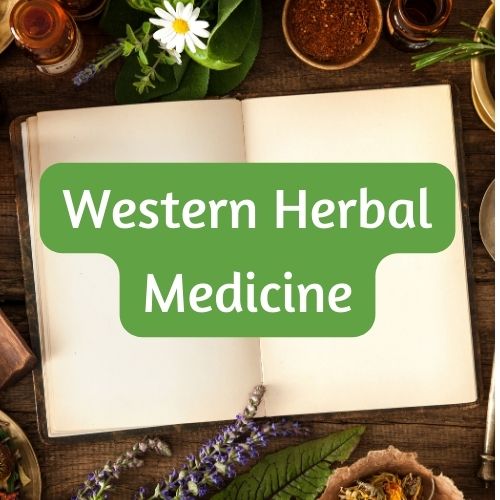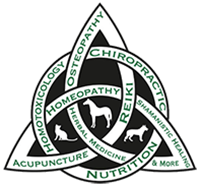Modalities
Modalities are the different therapeutic techniques that are used to balance the body, mind, and spirit. The symptoms or patterns of disharmony guide the practitioner to use the best modality for that specific pattern of disharmony. Members of the New York Complementary & Alternative Veterinary Medical Association practice in the following areas or modalities (please note that some may practice in more than one area): Acupuncture, Chiropractic, Tui Na, Herbal Medicine- Chinese, Western and other traditions, Osteopathy, Reiki, Homeopathy, Homotoxicology, Shamansitic Healing, Food Therapy, Nutritional, Glandular Therapy, Holistic Medicine, Integrative Medicine, Sound & Light Therapies, Ozone Therapy, Stem Cell, Bach Flowers, and Aromatherapy.
Looking for a modality that isn't listed? Contact one of our Board Members and they'll do their best to help you locate a veterinarian who can assist you. To find a NYCAVMA veterinarian near you, please CLICK HERE.
Looking for a modality that isn't listed? Contact one of our Board Members and they'll do their best to help you locate a veterinarian who can assist you. To find a NYCAVMA veterinarian near you, please CLICK HERE.
Acupuncture is an over four thousand year old clinical therapy. It involves the stimulation of specific acupoints which are in specific locations in the body. These acupoints are anatomically definable areas which have a measurable lower electrical resistance, and are small web-like structures that are highly concentrated in small blood vessels, nerve fibers and lymphatics. Traditionally these points are stimulated with very thin solid needles with a specific type of stimulation that varies with the desired effect. Any mechanical stimulation can be used and today, other types of stimulation are used involving electric, laser and sound vibration. Acupuncture is one of the foundations of Traditional Chinese Medicine. Through the stimulation of specific acupuncture points imbalances in the sympathetic and parasympathetic nervous system can be modulated through in the flow of qi through channels known as meridians or in regular terms through the balance of the hemodynamics in the body. Currently in New York State, veterinarians are trained primarily through the International Veterinary Acupuncture society or through the Chi Institute. A certified New York State veterinary acupuncturist must, after fulfilling the required course work, take a written and practical exam and submit case reports to illustrate their working knowledge and fulfill internship hours. Any certified veterinarian acupuncturist must comply with yearly continuing education hours and the ethical standard of these international organizations and be a licensed veterinarian.
Aromatherapy uses plant materials and aromatic plant oils, including essential oils, and other aroma compounds for improving psychological or physical well-being. It can be offered as a complementary therapy or as a form of alternative medicine. Complementary therapy can be offered alongside standard treatment, with alternative medicine offered instead of conventional treatments. Aromatherapists, who specialize in the practice of aromatherapy, utilize blends of therapeutic essential oils that can be issued through topical application, massage, inhalation or water immersion to stimulate a desired response.
The use of essential oils for therapeutic, spiritual, hygienic and ritualistic purposes goes back to a number of ancient civilizations including the Chinese, Indians, Egyptians, Greeks, and Romans who used them in cosmetics, perfumes and drugs. Oils are described by Dioscorides, along with beliefs of the time regarding their healing properties, in his De Materia Medica, written in the first century. Distilled essential oils have been employed as medicines since the invention of distillation in the eleventh century, when Avicenna isolated essential oils using steam distillation. Modes of application include Aerial diffusio for environmental fragrancing or aerial disinfection, direct inhalation for respiratory disinfection, decongestant, expectoration as well as psychological effects and topical applications for general massage, baths, compresses, therapeutic skin care.
The use of essential oils for therapeutic, spiritual, hygienic and ritualistic purposes goes back to a number of ancient civilizations including the Chinese, Indians, Egyptians, Greeks, and Romans who used them in cosmetics, perfumes and drugs. Oils are described by Dioscorides, along with beliefs of the time regarding their healing properties, in his De Materia Medica, written in the first century. Distilled essential oils have been employed as medicines since the invention of distillation in the eleventh century, when Avicenna isolated essential oils using steam distillation. Modes of application include Aerial diffusio for environmental fragrancing or aerial disinfection, direct inhalation for respiratory disinfection, decongestant, expectoration as well as psychological effects and topical applications for general massage, baths, compresses, therapeutic skin care.
Bach Flower Remedies were developed by Edward Bach, an English homeopath, in the 1930's. His flower remedies are solutions of brandy and water, with the water containing extreme dilutions of flower material. The solutions, centered around 38 key herbs, contain a 50:50 mix of water and brandy and are called mother tincture. Stock remedies, found in stores, are dilutions of mother tincture into other liquid. Most often the liquid used is alcohol, so that the alcohol level by volume in most stock Bach remedies is between 25 and 40% (50 to 80 proof). The solutions do not have a characteristic scent or taste of the plant because of dilution. Each solution is used alone or in conjunction with other solutions, and each flower is said by advocates to impart specific qualities. The solutions are also used on pets and domestic animals. Remedies are usually taken orally. The solutions may be recommended by a naturopath or by a trained Bach flower practitioner after an interview. Some vendors recommend dowsing to select a solution. The best known solution product is the Rescue Remedy combinatio, which contains an equal amount each of rock rose, impatiens, clematis, star of Bethlehem and cherry plum remedies. Rescue Remedy is a trademark and other companies produce the same formula under other names, such as Five Flower Remedy. Rescue Cream contains the same remedies in a cream form, with the addition of crab apple. Each of the 38 remedies discovered by Dr Bach is directed at a particular characteristic or emotional state. Visit the Bach Center for more information, as well as to find an approved training course.
Chinese Herbal Medicine (CHM) is a major branch of Chinese Medicine. Although most associate Traditional Chinese Medicine (TCM) with acupuncture, the majority of cases in TCM clinics in China are treated with herbs, either with acupuncture or alone, rather than with just acupuncture. In the States, more and more TVCM practitioners are following suit by incorporating herbs in their veterinary practice. CHM therapies has its historical origins with TCM, and dates back 4,000 years. Herbs today are prepared with the benefits of modern technology, but are still guided by the historical wisdom underlying TCM. In CHM practice, herbs are used to correct imbalance underlying a disease pattern and to promote the body's ability to heal itself. Each herb has a different effect on the body and can fall under a number of classifications such as warming, cooling, sour, or bitter and can affect a variety of organs, including the liver, lungs, or heart. TCVM utilizes herbal formulas that are a combination of single-herb ingredients to treat a specific pattern of disease.
The increasing popularity of CHM lies in the fact that it is an all-natural treatment option that is generally safe and effective when prescribed correctly. An extensive body of clinical research has shown CHM to be extremely effective in treating chronic veterinary medical issues in the fields of: gastroenterology, cardiology, dermatology, endocrinology, reproduction, oncology, and behavior. CHM is also commonly used to treat respiratory issues and sports injuries. In addition, CHM increases the quality of life for geriatric patients, especially those diagnosed with terminal cancer, since it assists the body's ability to reduce tumor size when chemotherapy is not an option. CHM can be combined with acupuncture and/or Western Medicine to enhance clinical results. Currently there are two master’s degree training programs in Chinese Herbal Veterinary Medicine that are available to NY veterinarians; one through the Chi Institute and the other through the College of Integrative Medicine (CIVT).
The increasing popularity of CHM lies in the fact that it is an all-natural treatment option that is generally safe and effective when prescribed correctly. An extensive body of clinical research has shown CHM to be extremely effective in treating chronic veterinary medical issues in the fields of: gastroenterology, cardiology, dermatology, endocrinology, reproduction, oncology, and behavior. CHM is also commonly used to treat respiratory issues and sports injuries. In addition, CHM increases the quality of life for geriatric patients, especially those diagnosed with terminal cancer, since it assists the body's ability to reduce tumor size when chemotherapy is not an option. CHM can be combined with acupuncture and/or Western Medicine to enhance clinical results. Currently there are two master’s degree training programs in Chinese Herbal Veterinary Medicine that are available to NY veterinarians; one through the Chi Institute and the other through the College of Integrative Medicine (CIVT).
Chiropractic is a form of manipulative therapy that embodies the inherent recuperative power of the body to heal itself. The practice of chiropractic focuses on the relationship between structure (the moving joints of the skeletal system, especially the spine) and function (as coordinated by the musculature and the nervous system) and how their relationships affect the preservation and restoration of health. Most New York State veterinarians who practice spinal manipulative therapies have taken 150+ hours of training through specialized post-DVM programs (Options for Animals, Healing Oasis, or Parker Chiropractic College) that are fully recognized training facilities for animal chiropractic care. The AVCA (American Veterinary Chiropractic Association) certifies graduates after they finish course work with exams (both practical and written) and case reports submitted to illustrate a full working knowledge of this healing technique. Certified veterinary chiropractors have yearly continuing education requirements.
There is truth to the old saying: “food is the medicine you take every day.” This belief in the healing power of food is one central to Chinese Medicine, where food therapy is often utilized alone or (more often) in conjunction with other modalities to treat disease patterns. Food therapy is one of the four major branches of TCVM, alongside acupuncture, herbal medicine, and Tui-na. It is the art and science of tailoring diet plans to individual patients based on their unique inborn tendencies, age, species, geographical location, personality and current disharmony or disease process. Food ingredients are chosen based on their energetic properties, which include both their thermal energetic property or “temperature” and their taste. Chinese food therapy recipes are developed according to TCVM theory (Yin-Yang, Five Elements, Eight Principles and Zang-Fu Physiology and Pathology) and are specific to particular patient types and health conditions. These recipes can typically be classified into one of the following categories:
1. Health Promotion and Prevention - to improve health on a regular basis and to prevent seasonal- and climate-related problems
2. Disease Treatment - to directly treat clinical conditions, including skin problems, autoimmune diseases, and immunodeficiency
3. Adjunct Therapy - to complement primary treatments (acupuncture, herbs, or Western Medicine) of diseases such as otitis, urinary crystals and stones, UTI, IBD, CHF, cancer, renal failure, and liver failure
Like other TCVM modalities, the ultimate goal of food therapy is to restore and maintain balance in the body. However, given its very nature, the effects of food therapy are slower-acting than modalities like acupuncture and herbal medicine. On the other hand, there are virtually no side effects when food ingredients are chosen correctly, and food therapy is a mode of treatment that can be used safely throughout a patient’s lifetime. Moreover, the practice is very popular amongst owners as it empowers them to take part in the TCVM therapy for their animals. Currently the Chi Institute has training classes in Food Therapy.
1. Health Promotion and Prevention - to improve health on a regular basis and to prevent seasonal- and climate-related problems
2. Disease Treatment - to directly treat clinical conditions, including skin problems, autoimmune diseases, and immunodeficiency
3. Adjunct Therapy - to complement primary treatments (acupuncture, herbs, or Western Medicine) of diseases such as otitis, urinary crystals and stones, UTI, IBD, CHF, cancer, renal failure, and liver failure
Like other TCVM modalities, the ultimate goal of food therapy is to restore and maintain balance in the body. However, given its very nature, the effects of food therapy are slower-acting than modalities like acupuncture and herbal medicine. On the other hand, there are virtually no side effects when food ingredients are chosen correctly, and food therapy is a mode of treatment that can be used safely throughout a patient’s lifetime. Moreover, the practice is very popular amongst owners as it empowers them to take part in the TCVM therapy for their animals. Currently the Chi Institute has training classes in Food Therapy.
One aspect of nutritional work is to strengthen weakened organs. Standard Process is the oldest nutritional supplement company in the United States. Through their work, a system to strengthen organ function with nutritional supplements has been developed and many NY veterinarians have been trained in these system.
Holistic Medicine is a term that means the practitioner is using the best indicated modality; acupuncture, chiropractic, homeopathy, herbal medicine, and on, even regular drug therapy, that fits the individual patient the best in order to treat the whole animal; mind, body, and spirit and even including the entire household. The therapies can be mixed or used separately, whatever the best approach for that individual to help that individual on the road to a cure. his cure would follow Hering’s Law of Cure.
Homeopathy is a medical system that was developed by a German physician, Dr. Samuel Hahnemann in the 1800’s. This medical system uses nano-particles of a substance that is “like” the disease of which the patient is suffering. These nano-particles can pass through cell membranes. If there is a close similarity, these homeopathic medicines can stimulate a “curative” reaction from the patient’s immune system. There is intensive training required to understand the guiding principles in homeopathy and to learn the indications and peculiarities of these medicines. The Academy of Veterinary Homeopaths is the only certifying body in the United States. Any New York veterinarian that is a certified veterinary homeopath has taken a minimum of 125 hour of course work with the Professional Course in Veterinary Homeopathy that is taught by world renowned Dr. Richard Pitcairn, has completed all of the required case reports and has passed the written certifying examination.
Homotoxicology is a more modern alternative healing modality that integrates the treatment principles of homeopathy with the diagnostic approach of allopathic medicine. The German physician Hans-Heinrich Reckeweg developed homotoxicology as an integrative view of medicine. Homotoxicology is the study of the influence of homotoxins (homo = human being, toxin = poison) on the human organism. Disease is seen as the organism’s purposeful biological reaction to homotoxins and its ongoing attempt to eliminate them. Homotoxicology focuses not on symptoms of illness but on its cause, namely, the homotoxin that is disrupting the organism’s normal functioning. The methodology of homotoxicology differs from that of conventional medicine in that illness is seen as much more than the mere presence of clinical symptoms. Homotoxicological therapy definitely approaches the patient as a whole. It attempts to detoxify the body, to correct derailed immunological processes through immunomodulation, and to support cells and organs. As a unique approach to medicine, homotoxicology requires specific education. Currently, through conferences held by the American Holistic Veterinary Medical Association (AHVMA), New York veterinarians can be instructed on the proper usage of this medical therapy.
An American medical doctor, Dr. Andrew Still, developed osteopathy as a treatment method for humans in the late 1800’s. He defined osteopathy as “a system of ‘engineering’ the whole body, that keeps the communication with the brain open, and prevents all possible blood and liquids stasis.” A more current definition is that osteopathy is an art, a science and a philosophy of treatment based on scientific principles. The science is based on precise knowledge of structural and functional anatomy of the bones, muscles, circulatory system and, especially, the nervous system. Osteopathy approaches the body as an entity with interaction between the three main systems: the parietal (the structure), the visceral (the physiology), and the cranio-sacral (the energetic). The body has specific alarm and protection systems that, when working optimally, allow the body to heal itself and stay healthy. The art of osteopathy is performance of manual therapy and stimulation of the whole body with the goal of re-harmonizing the body to keep these self-correcting systems working optimally.. In 1970, French veterinarian Dominique Giniaux began to employ osteopathic principles with horses and is considered the founder of equine osteopathy. Other veterinarians and osteopaths followed and began utilizing osteopathic concepts for animals both large and small.
By 2002, French osteopath Pascal Evrard had combined and further developed the early principles and techniques to a more structured and safer method. Through collaboration with Janek Vluggen, DO, MRO, EDO, who brought his expertise in visceral osteopathic principals (in relation to the autonomic nervous system and cranio-sacral system) to the effort , the two osteopathy school classmates continued in developing equine osteopathy into an independent complimentary specialization. With the untimely deaths of Pascal Evard in 2003 and Dr. Giniaux in 2004, Janek Vluggen has carried on the efforts to educate veterinarians and other equine professionals as Equine Osteopaths, EDO®, as well as expand scientific validation of equine osteopathy.
Formal education and research in equine osteopathy is growing. Curriculums offering equine osteopathic training exist around the world, with numerous schools located in Europe. The Vluggen Institute for Equine Osteopathy and Education, based in Germany, is the only school that offers training in the United States.
By 2002, French osteopath Pascal Evrard had combined and further developed the early principles and techniques to a more structured and safer method. Through collaboration with Janek Vluggen, DO, MRO, EDO, who brought his expertise in visceral osteopathic principals (in relation to the autonomic nervous system and cranio-sacral system) to the effort , the two osteopathy school classmates continued in developing equine osteopathy into an independent complimentary specialization. With the untimely deaths of Pascal Evard in 2003 and Dr. Giniaux in 2004, Janek Vluggen has carried on the efforts to educate veterinarians and other equine professionals as Equine Osteopaths, EDO®, as well as expand scientific validation of equine osteopathy.
Formal education and research in equine osteopathy is growing. Curriculums offering equine osteopathic training exist around the world, with numerous schools located in Europe. The Vluggen Institute for Equine Osteopathy and Education, based in Germany, is the only school that offers training in the United States.
Every Native Culture has its own native traditions of healing using plants; Ayurvedic, Tibetan, Amazon, Hawaiian, Cherokee, to name just a few. The Veterinary Botanical Medicine Association (VBMA) is an a group of veterinarians and herbalists dedicated to developing responsible herbal practice of all of these native traditions by encouraging research and education, to keep these herbal traditions alive as a valid information source. Many New York veterinarians are members of this professional organization.
Ozone Therapy an oxidative medical therapy has been used for more fifty years throughout Europe for many medical conditions including heart, liver and kidney disease as well as cancer and AIDS. It has been used in the US by veterinarians for about 20 years for an array of conditions including infections both viral and bacterial, liver and kidney disease and Lyme. Its support of both conventional and alternative medicine makes it well suited for all practitioners. When the body is inflamed it has more CO2 circulation the O3 therapy increases the O2 in the body thus bring down infections bruising swelling and pain therefore allowing the tissue to heal with more O2 by directly affecting the mitochondria of the cell. There is a veterinary certification course offered by the American Academy of Ozonotherapy.
Biophotonic Blood Therapy also know as Ultraviolet Blood therapy is an added protocol used in conjunction with O3 therapy. It enhances the Ozone /Oxygen Therapy by adding photonic light to the blood. Being used for infection, lyme, liver inflammation and kidney failure.
Hyperbaric Oxygen Therapy HBOT in veterinary medicine has been growing in the past 10 years. The HBOT chambers help increase oxygen into the tissue and speed up healing and recovery.
Biophotonic Blood Therapy also know as Ultraviolet Blood therapy is an added protocol used in conjunction with O3 therapy. It enhances the Ozone /Oxygen Therapy by adding photonic light to the blood. Being used for infection, lyme, liver inflammation and kidney failure.
Hyperbaric Oxygen Therapy HBOT in veterinary medicine has been growing in the past 10 years. The HBOT chambers help increase oxygen into the tissue and speed up healing and recovery.
Reiki is a hands on energy healing technique developed in 1922 by Japanese Buddhist Mikao Usui. Through the use of this technique, practitioners are a conduit of universal energy to their patients. This allows for self-healing and a state of equilibrium. Any training in this technique must be done by a master Reiki practitioner.
Shamanism is a time-tested method of healing that has existed for over ten thousand years. Using the sound of a repetitive drum beat, theta brain waves are developed in the practitioner which allows them to enter a more calm and meditative state in which answers to complex problems are often recognized. Any New York veterinarian that uses shamanic healing techniques would need to have studied with a practitioner from an organization like the Foundation for Shamanic Studies. Started in 1979, the Foundation for Shamanic Studies presents the world’s foremost training programs in shamanism and shamanic healing. They are based on the pioneering work of anthropologist Michael Harner, who brought shamanism to contemporary life in the West after extensive field and cross-cultural investigation, experimentation, and personal practice. He originated, researched, and developed core shamanism, a system designed for Westerners to apply shamanism and shamanic healing successfully to their daily lives. This system is based upon the underlying universal, near-universal, and common features of shamanism—together with journeys to other worlds—rather than upon culture-specific variations and elaborations. Shamanism is a healing method, NOT a religious belief system.
Any form of energy can be used to help stimulate the body’s immune system. Many New York practitioners have invested in Lasers, low intensity electrical devises, tuning forks, and crystals, to name a few. There is a wide range of therapeutics techniques that are taught, many of these therapies are discussed at the annual AHVMA conference. It is at meetings such as this that New York veterinarians are trained to use these techniques.
When used in therapeutic applications, stem cells are generally harvested from bone marrow (femur of dogs and cats, sternum of horses) or adipose tissue (inguinal region of dogs and cats, dorsal surface of the gluteus maximus of horses). Because the fibroblastic phase of tissue healing occurs within a few weeks after an injury is sustained, stem cell therapy is most efficacious when administered during that time frame. Stem cells have been used successfully during the acute inflammatory stage of an injury, but once bone has remodeled or tissue has matured, the utility of stem cell therapy falls significantly. Stem cell therapy is emerging as another weapon in the veterinarian’s arsenal, joining the numerous pharmacotherapeutics, sur-gical procedures, and mechanical devices employed to help patients return to full function or at least a more comfortable life.
Tui-na is a manual therapy that is one of the four branches of TCVM and uses Chinese medical theory as the basis for its application and actions. It was first used in the 16th-11th centuries BC and references to this treatment can be found in the Huang Di Nei Jing (Yellow Emperors Inner Classic, written in 475-221 BC). From a conventional medicine perspective, Tui-na can be thought of as corresponding to a combination of acupressure, conventional massage and chiropractic techniques. It can be used to regulate the Channels, soothe joints and sinews, promote circulation of Qi and Blood, strengthen the immune system and promote normal function. Tui-na is most commonly used to treat acute and chronic musculoskeletal conditions and is also useful as a preventative medicine therapy, because it promotes balance in the body. It can also be used in conjunction with and to enhance acupuncture and herbal treatments. Small animals, large animals, and exotic species all respond well to Tui-na, and it can be administered on animals that will not allow the insertion of acupuncture needles. It is safe and effective with no known side effects. Although veterinarians must receive specialized training in the techniques and applications of Tui-na, once mastered, several Tui-na techniques can be taught to caretakers for home treatments. Mo-fa (touching skin and muscle), Rou-fa (rotary kneading), Ca-fa (rubbing), Tui-fa (pushing), An-fa (pressing), Nie-fa (pinching), Dou-fa (shaking), Ba-sheng-fa (stretching) and Cuo-fa (kneading) are techniques that caretakers can learn and use to accelerate the healing process and deepen the connection with their animals.
The blending of early settlers with Nicholas Culpeper’s Herbal and native herbal knowledge created an incredible and vibrant herbal tradition in the United States; the Eclectic Herbal Schools and the Physio-Medical schools. Although this wealth of knowledge has been overlooked during the past few decades; with the alarming increase in chronic debilitating diseases and immune disorders, this knowledge is actively being revived and its use is growing rapidly. The use of some of these herbs is becoming common knowledge to all; for example the liver protective effects of Milk Thistle. But the depth and knowledge demanded to utilize these plants is as demanding as Chinese Herbal Medicine. NY veterinarians can be trained in a Master’s degree program in Western Herbal Medicine through CIVT. The course work requires a minimum of two years (over 800 hours of study). All written exams must be passed; a case log book with published case reports must demonstrate proficiency in knowledge and use of these healing plants.
